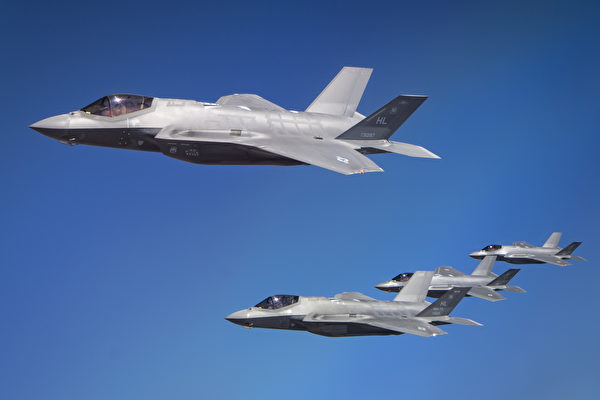Last month, the Israeli Air Force (IAF) conducted a long-range strike mission against Houthi militants in Yemen, showcasing Israel’s exceptional long-distance striking capabilities with a collaborative effort involving the fifth-generation F-35I Adir, fourth-generation F-15, and F-16 fighter jets.
Nearly 30 years ago in 1985, the Israeli Air Force carried out Operation “Wooden Leg,” targeting the headquarters of the Palestine Liberation Organization in Tunisia, 2,200 kilometers away from Israel. This remains the longest-range airstrike ever conducted by the Israeli Air Force. Back then, a formation of eight F-15 fighter jets with the assistance of two aerial refueling tankers successfully completed this long-range airstrike, leaving a lasting impression on experts worldwide for Israel’s use of fighter jets to accomplish what is typically a task for bombers.
It is noteworthy that the Israeli Air Force does not possess bombers.
The airstrike against Houthi targets in Yemen in July this year bore similarities to the operation 30 years ago. While the range was similar, this time more advanced aircraft were utilized in an operation dubbed “Outstretched Arm.” On July 20, Israeli aircraft carried out strikes near Hodeidah port in Yemen against Houthi militant targets. The day prior, Iran-backed Houthi militants launched drones, attacking Tel Aviv, Israel’s economic center, resulting in casualties.
According to recent reports by the Israeli Times, the Israeli strike group included F-15, F-16, and F-35 fighter jets, as well as reconnaissance aircraft and refueling tankers. The need for refueling tankers was due to the targets being approximately 1,800 kilometers away from Israel, marking one of the Israeli Air Force’s longest-range operations.
The Israeli Air Force operates an F-15I Ra’am squadron, which are more advanced than the F-15s used in the Tunisia operation, thus better suited for long-range strike missions. These three aircraft types are capable of aerial refueling by Israeli Air Force tankers and can deploy long-range missiles and bombs as well.
Israel’s F-35I is a stealthy long-range combat aircraft with enhanced weapon carrying capabilities, serving as a deterrent to adversaries far from Israeli soil. While the targets were in Yemen, Israel’s action seems to also send a message to Iran, considering the heightened tensions in the wider Middle East region.
Israel has ordered 25 F-35 fighter jets, with a $3 billion procurement agreement signed with Lockheed Martin in July 2023, ultimately increasing its joint strike fighter fleet to 75 aircraft. Funding for this deal comes from defense aid Israel receives from the United States.
The Israeli Air Force is the first entity outside the United States to purchase F-35 aircraft, with the Israeli version named “Adir,” meaning “mighty” in Hebrew.
The F-35I fighter jet provides Israel with unique features tailored to its specifications by Lockheed Martin, offering exclusive data link capabilities for the Israeli Armed Forces and a helmet display manufactured in Israel.
Essentially, Israelis have built their own command, control, communication, and computing systems on top of the existing operation systems of the F-35 aircraft produced by Lockheed.
A report by the U.S. Congressional Research Service stated, “Israel’s F-35 can attack targets in Syria, Iraq, Lebanon, Jordan, as well as most parts of Egypt, Turkey, and Saudi Arabia without the need for any aerial refueling.” A public source once indicated that Israel may have extended the F-35’s range to attack targets inside Iran without requiring aerial refueling.
The F-15I can carry 4.5 tons of fuel in its internal tanks, conformal tanks, and detachable tanks. The weapons it carries hardly disrupt the aerodynamic shape of the aircraft or affect its performance, along with other factors enabling this fighter jet to reach unprecedented ranges. The F-15I can carry various types of guided missiles, bombs, and iron bombs, with a total payload of 11 tons.
The F-16I “Sufa” fighter jet is the most extensively used combat aircraft in the Israeli Air Force, with about 175 active aircraft. Introduced as a light multirole fighter in 2004, it is manufactured by Lockheed Martin, Elbit Systems, and Israel Aerospace Industries. The “Sufa” can achieve speeds close to Mach 2 and is equipped with various weapons, including short-range air-to-air missiles.

